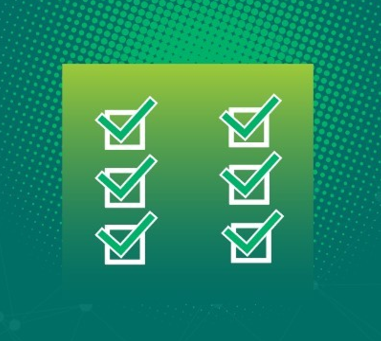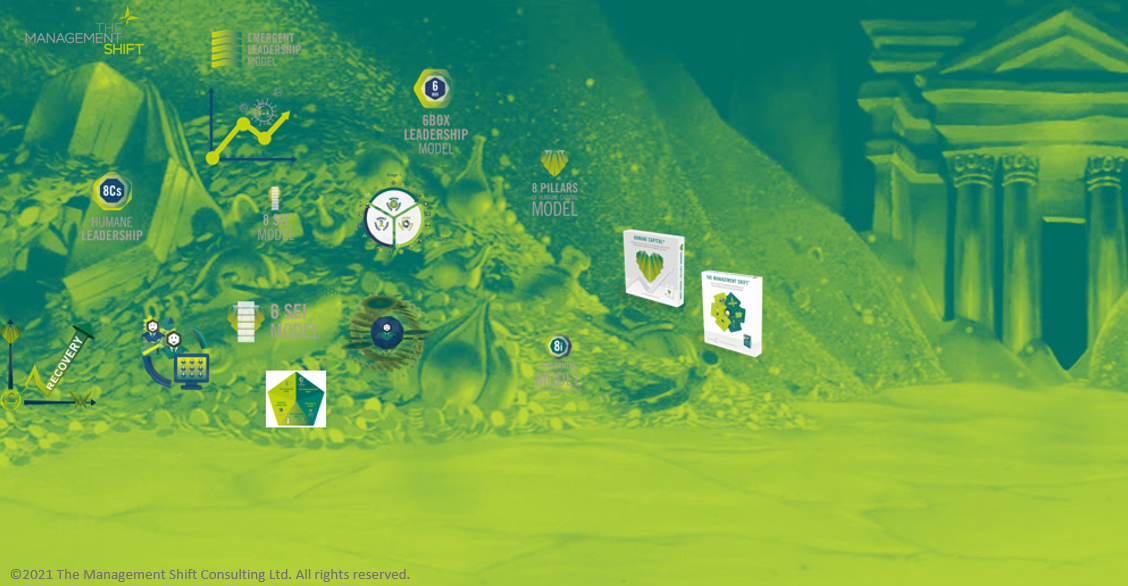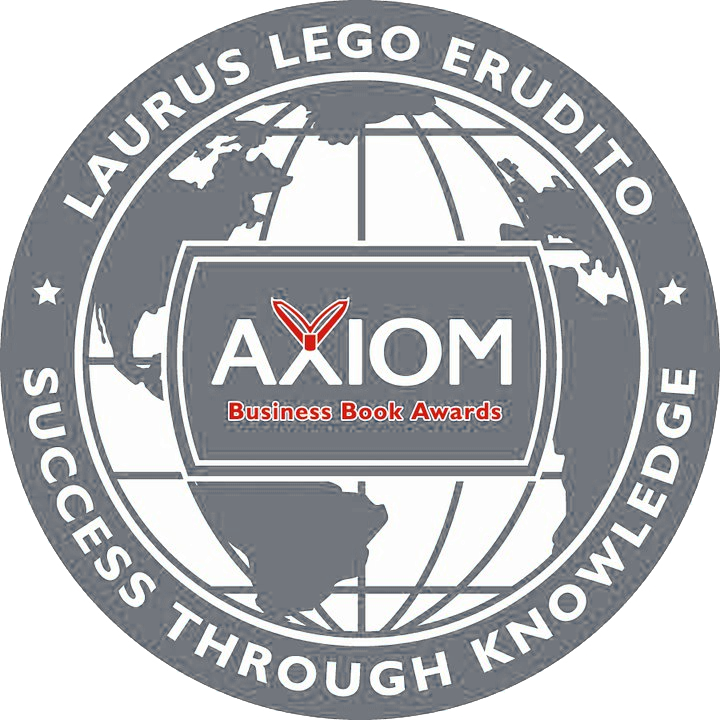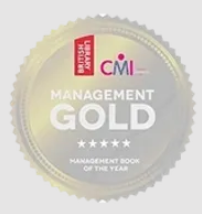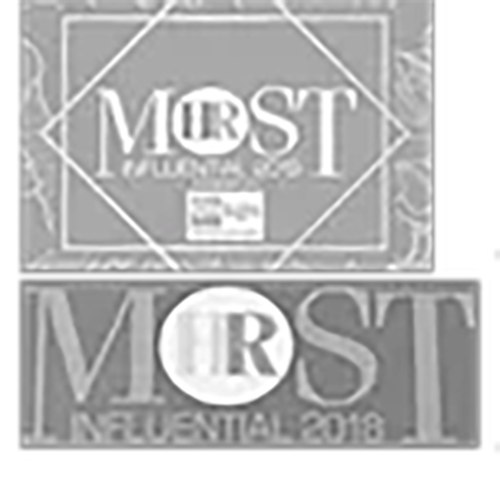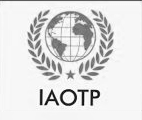Why do we need conscious leaders now and how can you become one
Organisational culture is a reflection of leader’s consciousness. Leaders with the right mindset, with ethical, conscious, caring, compassionate and authentic behaviour will help create psychologically safe caring culture that will easily attract talent and grow profit. Autocratic, egoistic, toxic leaders will create an organisation with unhealthy culture, and not many people would want to work in such organisation unless they are desperate and have no other choice.
With all the changes and disruptions going in the world, increasing uncertainly as well as an emergence of new opportunities to co-create a better new world, many people are looking for leaders who can show them how to navigate through these unprecedented times.
With ‘Great Resignation’ looming where many people are likely to leave their jobs, increasing competition for talent and resources, increasing drive for meaningful lives as well as an increase in mental health and well-being issues, the role of leaders has never been as important as it is now. Humanity needs conscious leaders to survive and thrive through global transformations that are taking place.
During this critical period of change, here are some tips to assist leaders in getting started on the path of conscious leadership:
Increase your self-awareness
The capacity to self-reflect and comprehend one's thoughts, behaviours, and intentions is referred to as self-awareness. Developing self-awareness is about looking at oneself on a frequent basis and determining if your thoughts, feelings, words, and actions are in sync. It is about examining yourself — your unconscious biases, ego, default thinking patterns that may be self-serving — and asking yourself how you might become better for yourself and people around you. Without self-awareness, changemakers and inspirational leaders cannot lead effectively, comprehensively, or impactfully. Leaders should constantly attempt to remain unbiased and endeavour to comprehend various points of view outside from their own.
Develop empathy for others and seek to understand
Empathy and self-awareness frequently act in unison. Even leaders might suffer from a lack of empathy. According to a recent survey[1], 31% of employees felt their bosses lacked empathy. A leader must be self-aware to recognise whether they are deficient in empathy or might be more empathic at times. Your peers will not inform you that you lack empathy (unless you roll out an anonymous survey).
Pay close attention when listening, observing, and communicating
Conscious leadership relies heavily on communication. A conscious leader that is dedicated to being a part of the change and empowering their followers does not make decisions for them. They do not presume to understand their people's experiences, nor do they presume to understand how they feel and what they require. Even though a leader seeks to put oneself in the shoes of another, they will never truly comprehend another's life experiences or challenges with, say, prejudice or inequity until they have lived it themselves. They must learn from the source, provide their people with a voice, and then listen, observe, and communicate in a way that benefits everyone.
Surround yourself with individuals that inspire you
The people you associate with have an impact on how you think, feel, and conduct. If you're surrounded by people who have detrimental attitudes and, in essence, are impediments to your goal (they would normally operate from Levels 1,2 or 3 of The Management Shift framework[2]), you might want to reflect on bringing developmental programme for your team. Again, awareness is critical in this situation. Before asking what kind of leader you are, first ask what kind of person you are, and seek to change the areas of yourself that could get in the way of how you lead others. Think about how you show up as a leader and create ‘to be’ list not just ‘to do’ list.
Lead your team with integrity
To put it simply, integrity means having your ideas, feelings, and behaviour 'integrated,' or aligned. Integrity is about never deviating from your essential views and principles; it is about sticking to them in any scenario, no matter what is going on or who you are working with. A leader who lacks integrity is a poor leader because they are easily influenced by others. A leader with integrity always stays loyal to their views and ideals.
In addition to the conscious leadership tips listed above, my 5-level The Management Shift framework depicts the five levels that individuals and organisations must go through in order to attain the greatest degree of conscious leadership. Each level is distinguished by its attitudes, behaviours, emotions, language utilised, leadership behaviour, and organisational outcomes.
The 'Big Shift' occurs when individuals and organisations transition from Level 3 to Level 4 mindset and culture. This results in a significant increase in performance, fulfilment, and profit. Leaders operating from Level 4 (and occasionally Level 5) embody the traits of conscious leaders. Humanity needs more of these leaders now!
If you are ready for your own ‘Big Shift’ and want to move up to the next level of conscious leadership, please contact me for a free one-on-one session to explore the next steps.
Click here to set up an appointment: https://managementshiftsolutions.com/book-a-time
__________________________________________________________________________
[1] https://www.hrmagazine.co.uk/content/other/leaders-and-managers-lacking-crisis-evasion-skills
[2] https://managementshiftsolutions.com/the-management-shift-1
